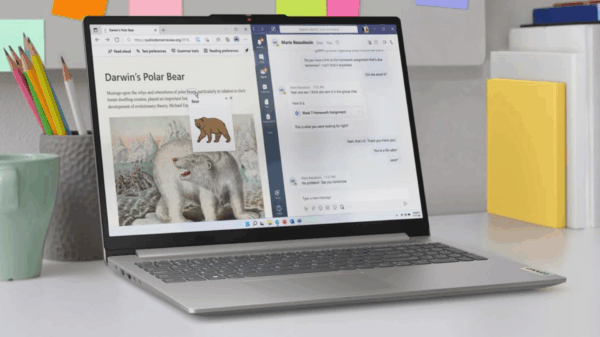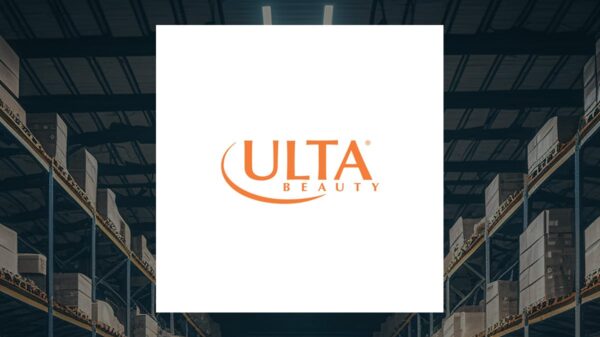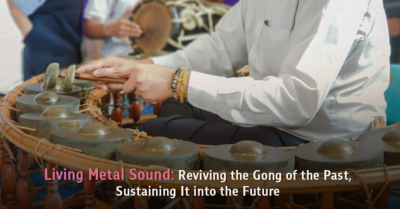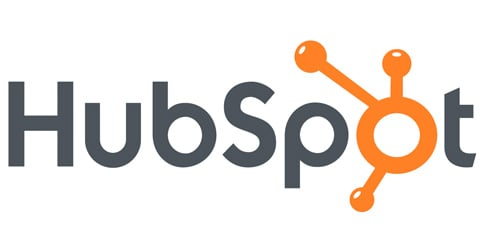In the evolving digital landscape, organizations are recognizing the importance of harnessing the power of existing content. As the demand for high-quality, engaging content continues to grow, leveraging what is already available can streamline efforts and enhance audience connection. By implementing effective strategies, businesses can transform their current materials into impactful resources that resonate with their audience.
Conduct a Comprehensive Content Audit
Before repurposing content, it is essential to conduct a thorough audit of your existing assets. This involves evaluating the types of content available—such as blogs, videos, and infographics—and examining their performance metrics. Identifying top-performing pieces, evergreen content, and materials that require updates can provide a clear roadmap for future initiatives. This comprehensive inventory aids in determining which content is ready for repurposing and which may need refreshing.
Repurpose Across Multiple Formats
One of the most effective strategies for maximizing existing content involves repurposing it into different formats. For example, a series of blog posts can be transformed into an eBook, podcast episode, or even a video series. Infographics can be created from data-rich articles, while detailed reports can be summarized into engaging presentations. Adapting content for various formats helps to reach different audience segments who may prefer specific types of media.
Updating and refreshing existing content is critical, particularly in fast-paced industries. Regularly revisiting older posts and incorporating current information, statistics, or insights ensures relevance. This not only enhances search engine performance but also provides audiences with the latest and most accurate information, ultimately improving user experience and maintaining trust.
Create Content Pillars for Structured Navigation
Establishing content pillars involves identifying key themes within your niche and creating clusters of related materials. For instance, if multiple blog posts cover digital marketing, consolidating them into a comprehensive guide can create a valuable resource hub. Organizing content into pillars facilitates user navigation through related topics and enhances search engine optimization (SEO) by establishing authority in specific areas.
Cross-promotion is another crucial strategy to increase visibility. Sharing blog posts on social media, posting snippets in newsletters, and linking older content from newer pieces can maximize reach. Tailoring messages for each platform maintains engagement and drives traffic back to your content, enhancing overall visibility.
Incorporate User-Generated Content
Engaging with user-generated content (UGC) can significantly amplify existing materials. Encouraging audiences to share their experiences, testimonials, or insights related to your content fosters community and provides fresh perspectives. Featuring UGC on websites or social channels, while linking back to original content, enhances authenticity and visibility.
Data-driven decision-making is fundamental in shaping content strategies. Utilizing analytics tools to track performance—identifying which pieces attract traffic, generate leads, or drive conversions—allows organizations to optimize future content initiatives. By analyzing these insights, businesses can pinpoint areas for further enhancement or repurposing.
Seasonal and timely content also presents opportunities to leverage existing materials. Updating content to align with holidays, industry events, or seasonal trends makes it relevant for current discussions. This approach can attract new visitors seeking pertinent information, simultaneously revitalizing older posts.
By effectively leveraging existing content, organizations can save time, increase return on investment (ROI), and enhance audience engagement. Conducting a thorough inventory, repurposing into various formats, and continually updating ensures that content remains impactful and relevant. As the digital landscape continues to evolve, making the most of existing materials is essential for a dynamic and effective content marketing approach.


































































